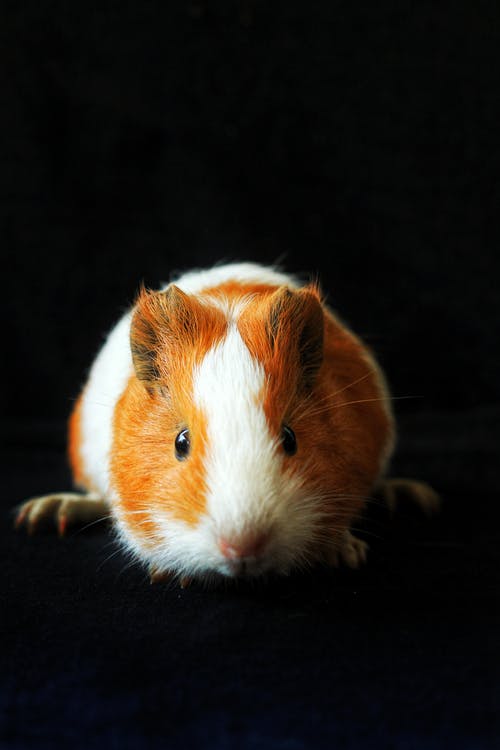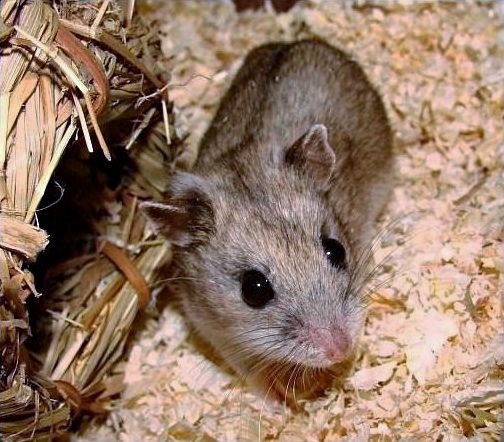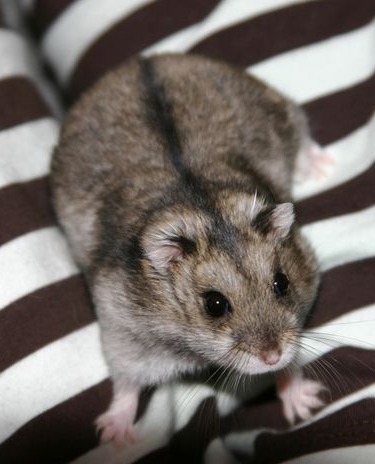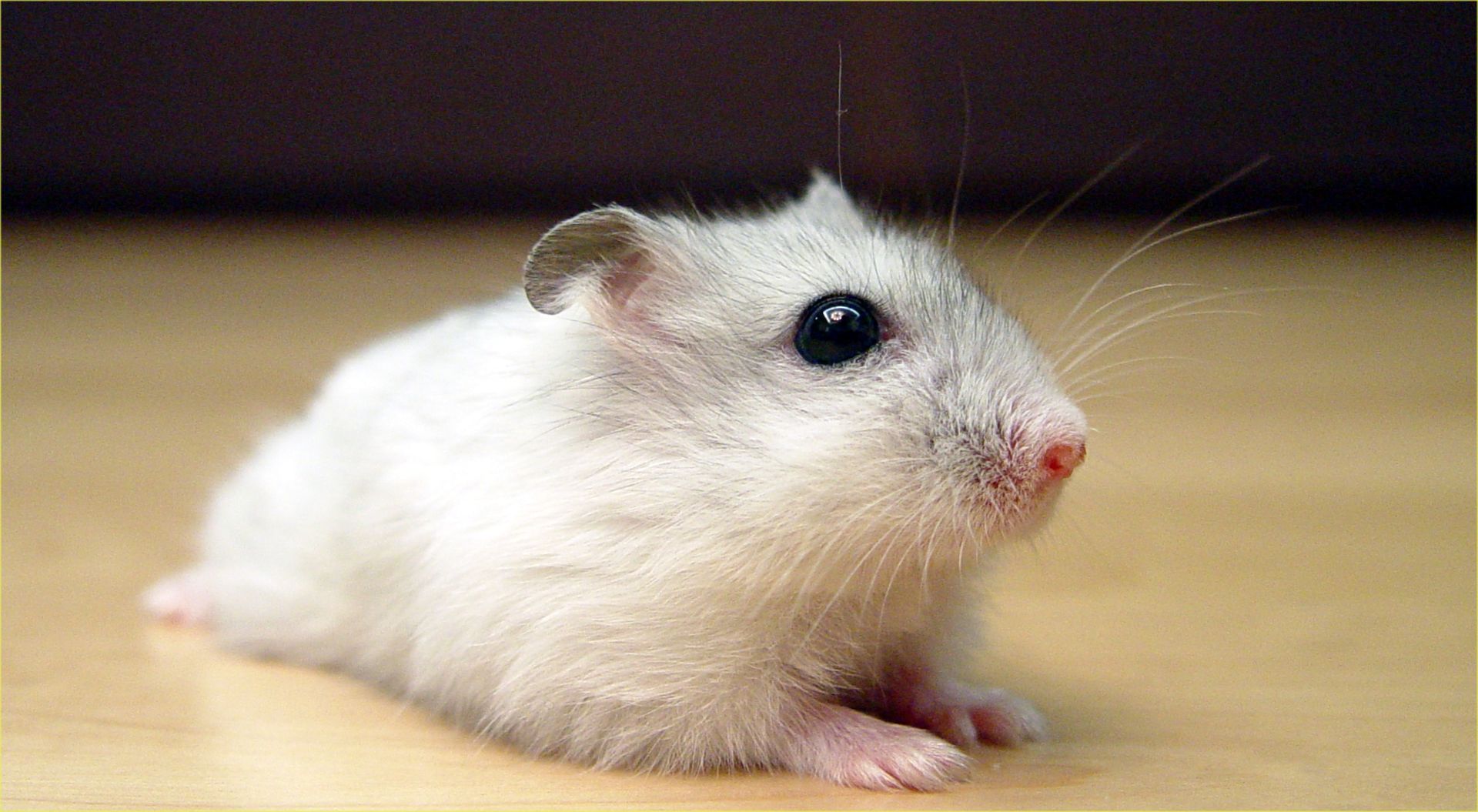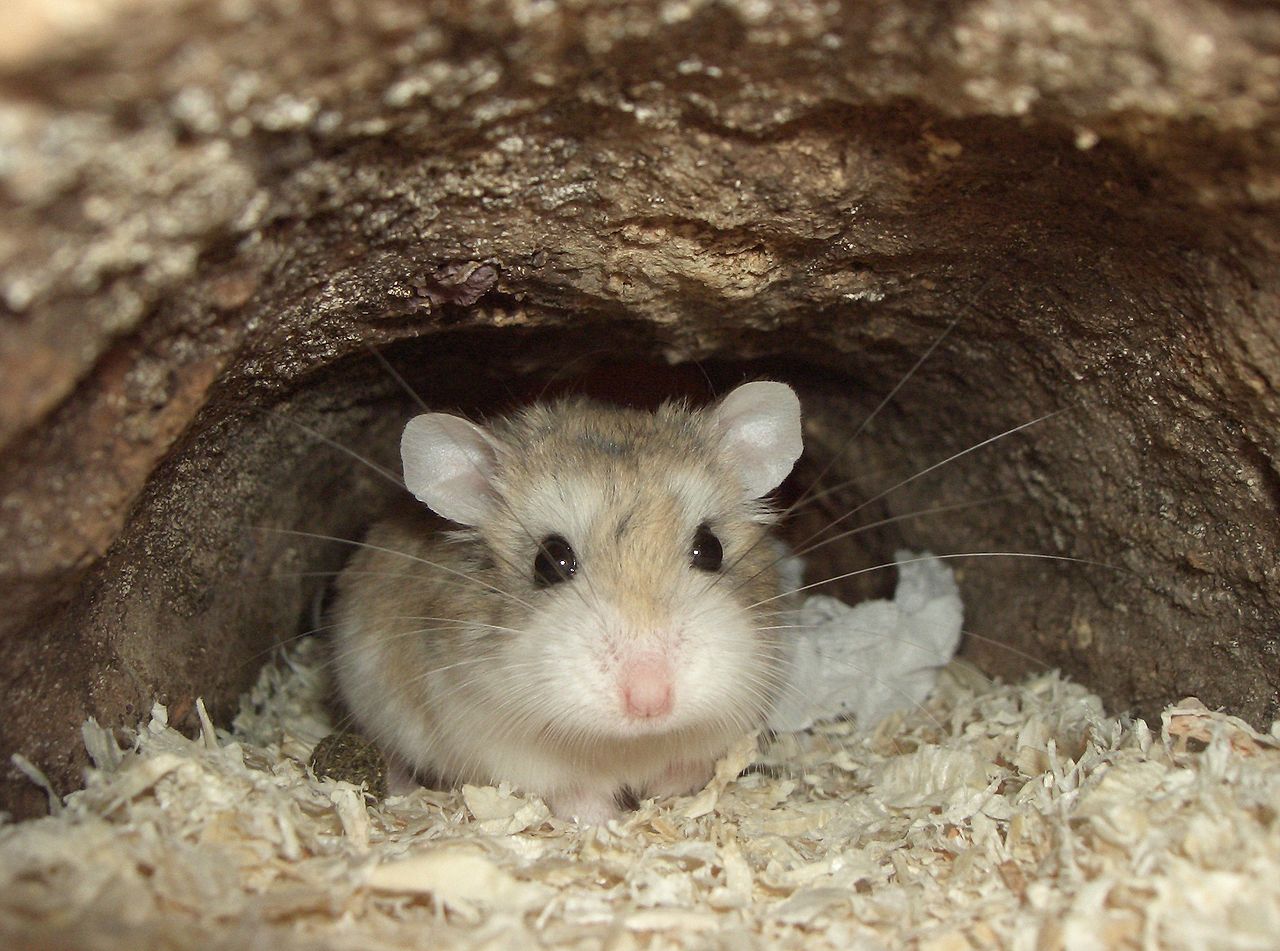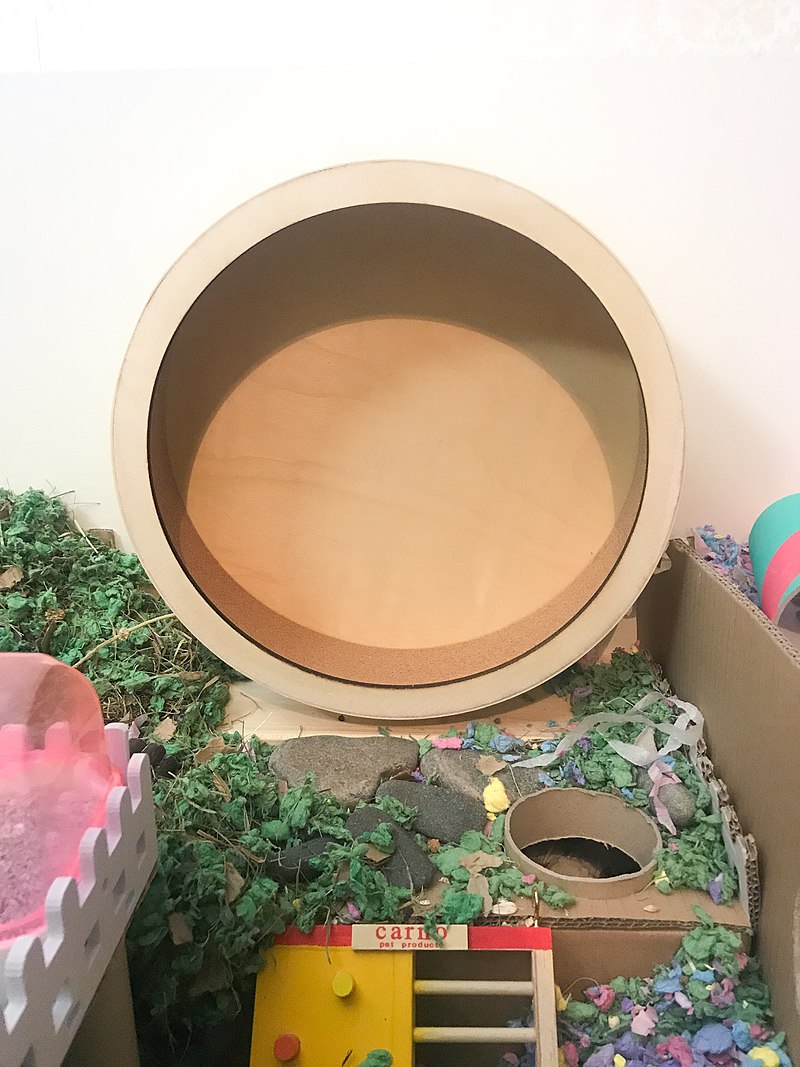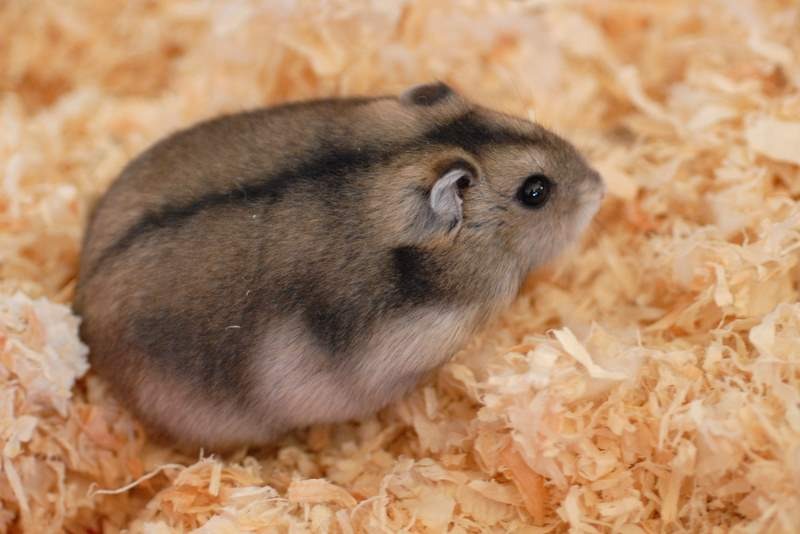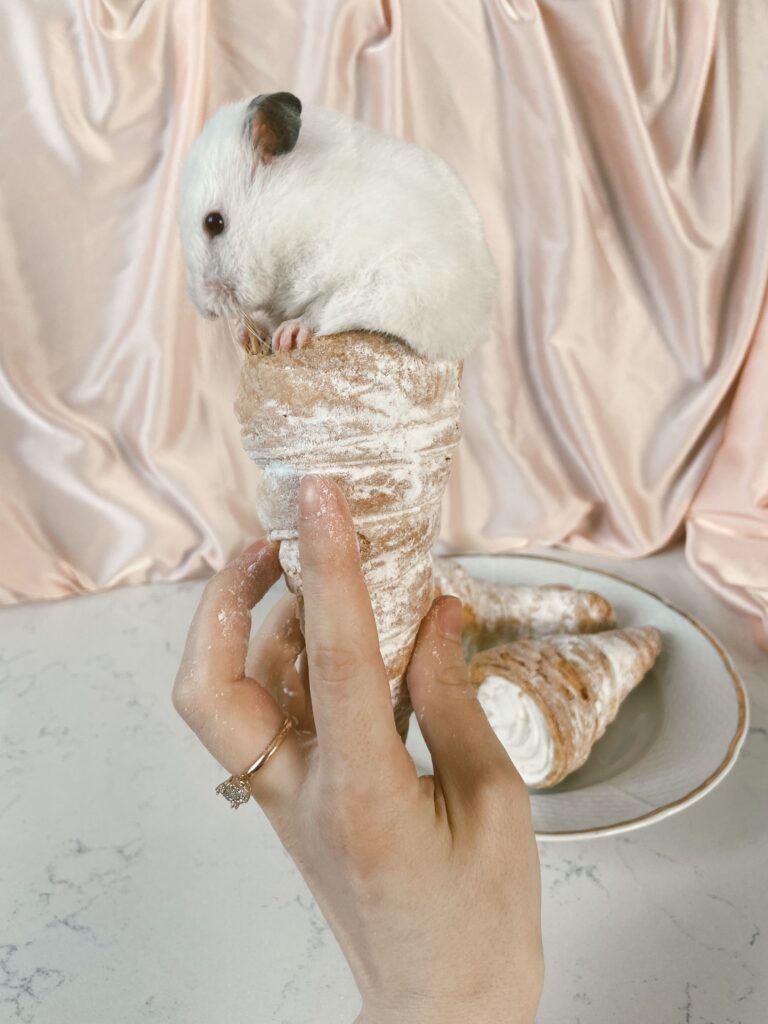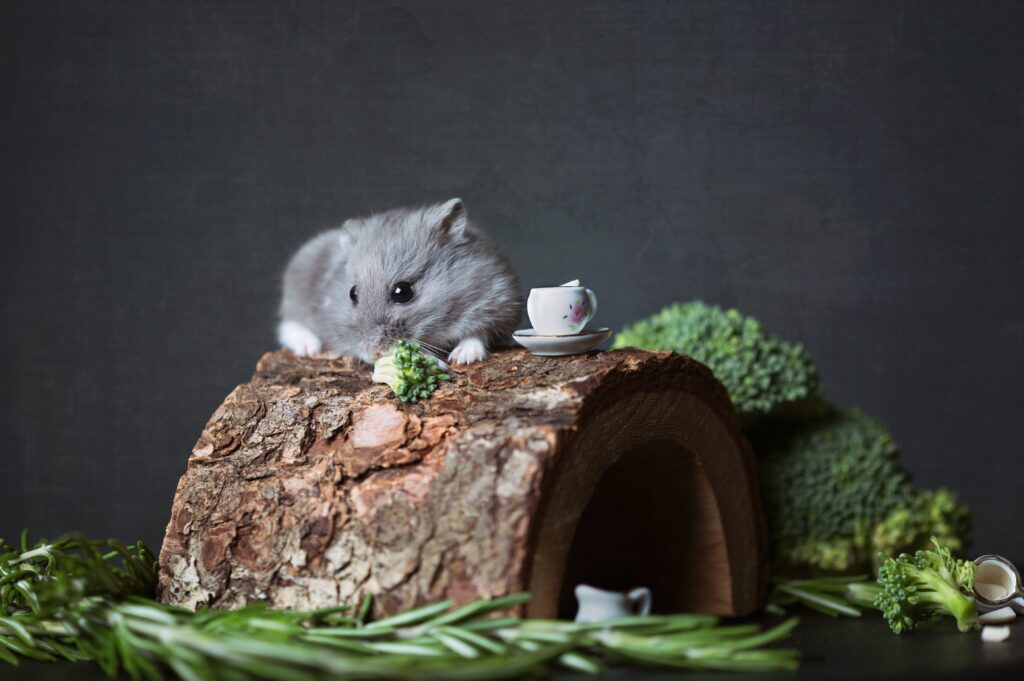Pet rodents like hamsters are extremely popular. The creature has four paws, two eyes, and a set of twitchy whiskers. Their obedience and ease of care make them ideal beginner pets for children and adults alike. Many individuals choose a hamster as their first pet for various reasons. They’re attractive, humorous, and fantastic with kids; however, before making a hasty decision to bring a hamster into your home, ensure you know essential things about them. They must be provided with the finest possible care.
Choosing the Right Hamster
Hamsters are rodent cousins, although different hamster species exist. In addition to physical traits and lifespans, hamster species differ in behavior. Certain species are more suited to families than others, so it’s essential to know first the kind of hamster you are bringing home. Pet hamsters include the following varieties:
1. Syrian Hamsters
Syrian hamsters, sometimes referred to as teddy bear hamsters, are the most favorite hamster species for pet owners worldwide. It’s easy to care for, and they have a lifespan of up to three years. However, they cannot be housed in groups of two or more because they tend to attack each other; hamsters prefer to live alone. Despite this, they make lovely family pets, especially for parents with young children in the home.
2. Chinese Hamsters
Compared to other hamster species, Chinese hamsters have the most extended tail. Kids will have no problem handling this sweetie. On the other hand, the Chinese hamster is an excellent escape artist due to its high intellect and mobility. Therefore, keep an eye on any encounters with youngsters to ensure they don’t get away. Chinese hamsters are social animals, although they prefer to live alone.
3. Campbell’s Russian Hamster
Known for its speed and difficulty handling, this furball is known for being difficult. The good side is that it does not mind sharing a cage with other dwarf hamsters. People who want to keep many hamsters will find them ideal. Although, they can be challenging to handle, making them not a suitable choice as a pet for small children.
4. Winter White Dwarf Hamster
The second smallest species of hamster that can be kept as a pet is the winter white dwarf. This species’ fur is white in the winter and gray in the summer, which is a fascinating tidbit. These hamsters prefer to live in groups because they are social. However, winter white dwarf hamsters are challenging to care for and have short lives.
5. Roborovski Dwarf Hamster
This species is the smallest of all hamsters; like other dwarf species, they can coexist peacefully with different kinds of smaller creatures. Unfortunately, compared to other species, Roborovski Dwarf Hamsters are more likely to bite. Therefore, it is not recommended for youngsters under ten to own this hamster.
Everything You Need to Know About Taking Care of Hamsters Pet
These tiny rodents are a joy to have around the house as pets. In addition to snuggling them whenever you want, they are much easier to care for than larger pets. However, if you’re going to keep your hamster happy and healthy in your house, you’ll need to know a few essential things to effectively take care pet hamster.
What Kind of Hamster Food Is Best for Hamster Pal?
To properly feed your hamster, you must first understand that they are naturally omnivorous creatures. To keep your pet hamster healthy, emulate the diet they would eat if they were wild hamsters! Regarding mealworms, it’s a good idea to include a wide variety of nutritious vegetables and plants and a generous amount of mealworms. To ensure that your four-legged companion is appropriately hydrated, maintain a bowl of clean water within close proximity. To keep your pet hamster healthy, you must remember moderation. Obesity and its accompanying health problems can occur from consuming too much of certain foods.
Food You Should Avoid Feeding Your Hamster
Hamsters don’t require a very varied diet. Instead, they stick to a simple diet plan comprising premium commercial pet food blends. But, even if store-bought food has all the nutrition requirements they need, you still undoubtedly want to spoil them. Although snacks shouldn’t account for more than 10% of a pet’s diet, giving them a special treat every few days might be enjoyable. The trick is to ensure it benefits them rather than harms them or causes them to be overweight. If you currently give your hamster any foods on this list, think again before feeding them these treats. Even though not all foods are lethal, they are considered undesirable snacks for your pet.
1. Celery and Unwashed Vegetables
Many people believe that since hamsters are omnivores, it is safe for them to consume any plant. Although this is true for many different plant kinds, some plants are harmful. One of the vegetables that hamsters shouldn’t consume is celery. They are not poisonous to hamsters, but their stringy nature poses a choking hazard to your hamster pet. However, if you want to give this vegetable, cut it into little pieces to prevent choking.
Moreover, even if your hamster should be eating vegetables like cucumbers, carrots, broccoli, cauliflower, or chicory, if they aren’t clean, they shouldn’t be given to your hamster. Make sure that all the food you offer your hamsters is clean, whether vegetables or fruits. There is always a chance that pesticides will enter their body if you give them unclean food. Salmonella-causing germs can occasionally spread through dirty produce.
2. Bitter Almond
If your little friend consumes bitter almonds, the consequences could be fatal. These almonds contain the enzyme emulsan, the source of cyanide, glucose, and essential oils. Bitter almonds contain 42x the cyanide of sweet almonds. However, almonds can also be an enjoyable treat for your hamsters. Still, remember that just because you purchase a package of delicious almonds from a store doesn’t mean your hamster is entirely safe. Almonds are heavy in fat; thus, they should only be consumed seldom. Hamsters put on hazardous amounts of weight when given diets with high-fat content.
3. Kitchen Spices and Seasoning
N-propyl disulfide, a chemical, is why these spices are dangerous to hamsters. This substance may negatively impact the hamster’s red blood cells. Remember that many plants in the onion family are poisonous to guinea pigs, hamsters, and other small animals. As for peppers and other kitchen spices and seasoning, they come in different varieties and heat levels. As much as possible, stay away from those. It’s recommended to take sweet peppers in moderation, such as bell peppers. Because they are acidic and, if ingested in large quantities, can disturb a hamster’s sensitive digestive tract. Moreover, the Gastrointestinal tract of your hamster may become irritated by anything hot or overly tasty. Also, food might become more difficult to digest even with basic seasonings like salt and pepper.
4. Potatoes
While deciding whether to give your hamster potatoes, think about the nutritional benefits of potato chips. Despite how delicious they are, hamsters receive nothing substantial from them. Because potatoes are high in carbs, they quickly make your hamster feel full. These starchy foods may make us feel energetic as humans, but hamsters will experience the exact opposite. The hamster will instead develop diarrhea. Which might lead to dehydration in extreme cases. Excessive dehydration in hamsters can be fatal. If your hamster is extremely dehydrated, their eyes will appear hollow, they will be frail and sluggish, and they won’t want to eat.
5. Tomatoes
Another veggie that can harm your hamster is the typical tomato. Most veggies are sweeter than tomatoes, yet tomatoes are still somewhat acidic. The result of eating too many tomatoes may also result in diarrhea in your hamster. But feeding tomatoes in tiny amounts is acceptable. Additionally, you shouldn’t ever allow your hamster to eat tomato leaves because they can be fatal for your hamsters.
6. Beans
When giving your hamster a special treat, avoiding most types of beans is wise. These are difficult for them to digest, which causes them to have gas and frequently causes bloating. Nonetheless, kidney beans should never be eaten raw because they are poisonous. Hamsters shouldn’t eat beans that have been processed or cooked because they present problems even after being cooked.
7. Processed with High Sugar Food
Fruits and vegetables naturally contain sugar. They consist of fruits like apples, bananas, and skinless sweet potatoes. These foods are safe to offer your hamster. Still, you should be careful with processed sugars in artificial treats. In the same way, processed sweets can raise our appetites and waistlines; they are also bad for our hamsters. Consuming them could make your hamster gain weight, which might harm its health. Their teeth will also be badly impacted since they can start to decay. While you should refrain from directly giving your hamster any sweet foods, ensure the packaged foods it receives are safe.
8. Light Green Leafy Vegetables
Hamsters may develop stomach problems by eating leaves that are light green. Because they could be more nutrient-dense. Use darker-colored greens, like dandelion leaves, romaine lettuce, kale, and carrot tops.
9. Peanut
The two fungi that produce aflatoxins are Aspergillus parasiticus and Aspergillus flavus, which are present in peanuts. Even with microscopic amounts of these substances, feeding a hamster can kill them. Giving peanuts to little animals is like playing Russian roulette: they’ll be okay most of the time, but there’s always a risk it may turn fatal.
10. Plants with Pesticide
You should ensure that any food you give your hamster is suitable for them before feeding it to them. Even if it is fresh, wash it off immediately after picking it up. Because any plants that have been chemically treated in any way might cause serious health problems for hamsters. Their small size is the cause of this. Trace amounts of a chemical can harm a hamster even though it has been approved for human consumption.
How to Keep Your Hamster Safe and Comfortable
1. Always give hamsters a home that’s as big as possible so they can dig and explore as much as they like. The floor of your pet hamster’s enclosure must be stable when you purchase it. They should be able to move around freely, play, relax, eat, and eliminate in the space they occupy.
2. Because hamsters prefer to relieve themselves in a particular location, giving your pet a convenient rodent toilet will be beneficial in the long run. Crushed and crinkled paper or hardwood shavings make excellent bedding for hamsters.
3. A rotating exercise wheel is a common addition to a pet hamster’s habitat. The exercise wheel can provide the entertainment your pet hamster is looking for when you can’t play with them. Toys that your hamster can chew on are also beneficial.
4. To keep their teeth in good shape and prevent them from overcrowding their mouth, hamsters must regularly have their upper and lower sets of teeth worn down.
5. Feeding them fibrous foods like timothy hay is an excellent method to keep their teeth healthy. If they consume a high-fiber diet, they can benefit from the digesting properties of fiber and maintain a healthy tooth structure.
Helpful Hints for Maintaining Your Hamster’s Health
1. While it may appear like hamsters are low-maintenance pets, they require attention and care. You should not get a hamster for a young child or someone too young to take care of it. They must be cared for meticulously and given a reasonable amount of time and attention. Even basic tasks like petting a hamster or cuddling require great care and attention.
2. Dropping some dry food into your hamster’s cage may appear to be a time-saving option; however, there’s the possibility that your hamster will consume its paper or hardwood shaving bedding, which could be disastrous for his digestive system. Therefore, you should teach your hamster to only eat from a specific dish.
3. On the other hand, Hamsters have a particular aversion to old food. Because of this, it’s best to get rid of any leftovers from your hamster’s previous meal and prepare a new serving of food. Every other day, give your pet hamster a different type of food to eat. Adding some diversity to your hamster’s diet is an easy way to keep him interested in the food you prepare while ensuring he gets all the nutrition he needs.
4. Bedding changes are essential to caring for your hamster’s living quarters, as they help keep germs and odors at bay. Your pet hamster’s dwelling environment should be cleaned out once a week to prevent rotting food from causing health problems.
5. Hamsters, like cats, are meticulous about their personal hygiene. You don’t need to bathe, comb, or use fragrant dry shampoos to keep your hamster happy and healthy. Like cats, they have the natural ability to keep themselves clean.
6. Make an appointment with your veterinarian at least once a year; even if your hamster appears healthy and has no immediate health issues, it can help keep your pet happy and healthy by ruling out any lingering or concealed health issues.
7. Ensure your pet hamster receives the daily amount of exercise it needs. Your hamster’s general health depends heavily on its ability to stay active. Obesity and chronic joint and muscular problems can come from long durations of inactivity. Installing an exercise wheel or spinning ball in your hamster’s cage will keep it happy and healthy.
8. Be as natural as possible with your pet hamster’s bedding. The bedding for your pet hamster should be composed of raw materials. Use timothy hay, orchard grass, and other fibrous food sources to keep your pet fed and natural.
9. A hamster’s instinct is to chew, so you should expect him to do so. Buying hamster-specific chew toys is a better alternative to feeding them food, which has its own health risks.
10. Knowing the basics of hamster reproduction, life expectancy, and how to care for newborn hamsters is essential if you plan to breed your pets. Mistakes that appear little at first glance might be disastrous if they aren’t taken care of early on.

